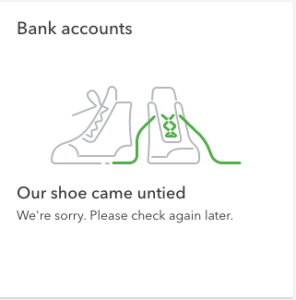A significant collection of exploration guarantees that imprisonment rates are essentially a component of media publication strategies, to a great extent inconsequential to the real crime percentage. Specialists say that the leap in detainment rate from 0.1% to 0.5% of the United States populace from 1975 to 2000 (recorded in the figure above) was driven by changes in the publication strategies of the standard clearwave innovations business media and is irrelevant to any genuine changes in wrongdoing. Media solidification diminished rivalry on satisfaction. That permitted media organization chiefs to keep up with a significantly similar crowd while cutting spending plans for analytical reporting and occupying the space from the police blotting surface. It is more secure, simpler, and less expensive to expound on violations committed by needy individuals than the rich. Individuals with cash can sue for criticism, an elective that is to a great extent inaccessible to destitute individuals. Besides, every significant media association has an irreconcilable situation in providing details regarding any individual who controls a considerable part of their income, similar to any significant publicist in the US.

Blossom of media in inmates
- News media blossom by taking care of furors, since they will generally decrease creation costs while at the same time constructing a crowd of people keen on the most recent improvement in a specific story. It requires a long investment for a columnist to learn to the point of expounding shrewdly on a particular issue. When a columnist has accomplished that degree of information, composing ensuing stories is simpler.
- In any case, significant promoters have been known to spend their publicizing financial plans through various channels when they disdain the publication approaches. Subsequently, media-taking care of craze zeroing in on an issue of worry to a sponsor might decrease income and benefits. Sacco portrayed how “contending news associations answered each other’s inclusion the police, in their job as watchmen of wrongdoing news, responded to the expanded media interest by making accessible more stories that reflected and supported” a specific subject.
- The reasons referred to above for expanded detainments (US racial socioeconomics, Increased condemning regulations, and Drug condemning regulations) have been portrayed as results of the change in article arrangements of the traditional press. Moreover, media inclusion has been demonstrated to significantly affect criminal condemnation.
Jail Systems
In the United States, criminal regulation is a simultaneous power. People who disregard state regulations and additionally regional regulations by and large are set in state or regional detainment facilities, while the individuals who abuse United States government regulations are for the most part positioned in administrative penitentiaries worked by the Federal Bureau of Prisons (BOP), an organization of the United States Department of Justice (USDOJ). The BOP likewise houses grown-up criminals indicted for disregarding District of Columbia regulations because of the National Capital Revitalization and Self-Government Improvement Act of 1997.
Starting around 2004, state penitentiaries proportionately house more brutal criminals, so state jails overall acquired a more regrettable standing contrasted with government detainment facilities. In 2016, practically 90% of detainees were in state jails; 10% were in government penitentiaries. At condemning in government court, passes judgment on utilizing a direct framework toward figure out which prisoner goes into which lodging branch. This helps government regulation workers to figure out who goes to which office and to which rebuffing lodging unit to send them. One more strategy to decide to lodge is the entrance advisory boards. In jails, numerous individuals meet up to decide in which lodging unit a prisoner has a place. Caseworkers, clinicians, and social laborers give input into what is suitable for the detainee.

